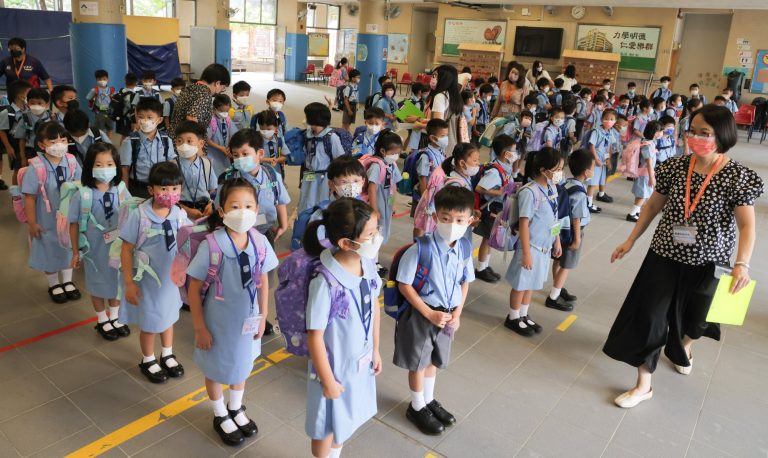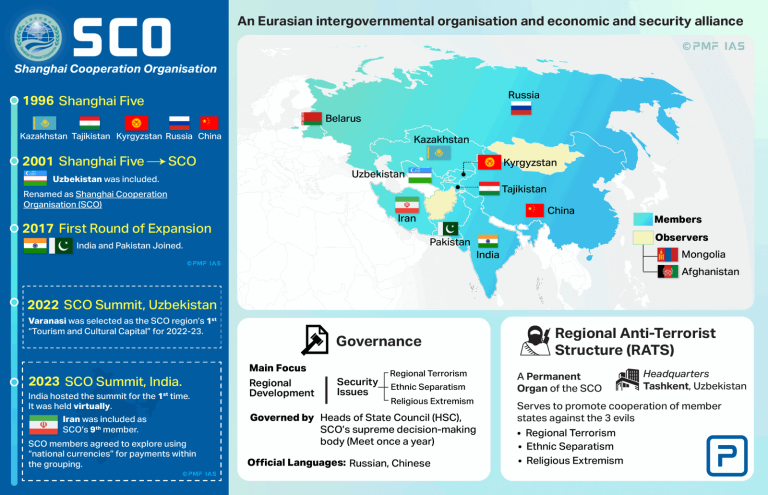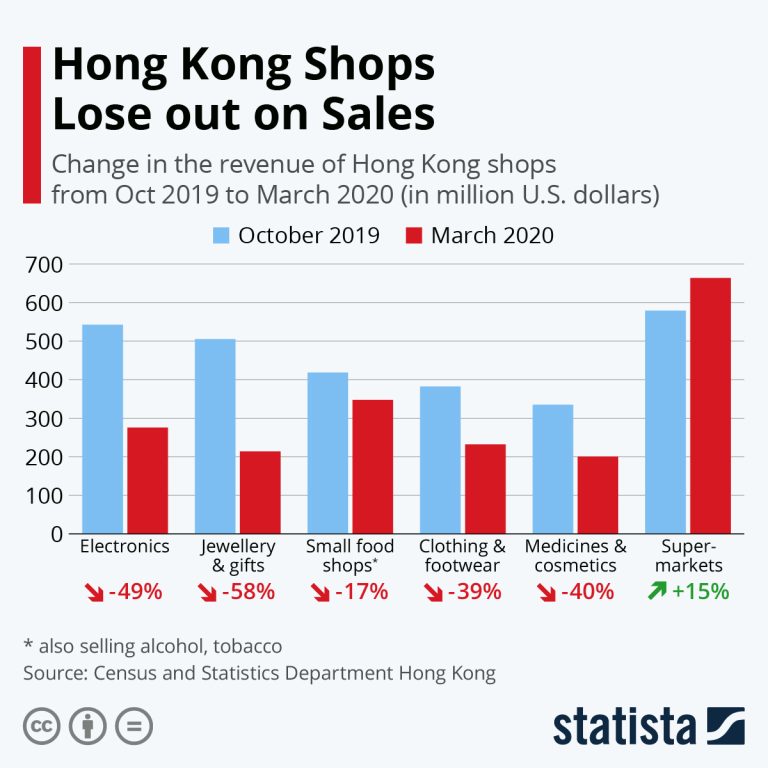Typhoon Podul’s Approach: Understanding Hong Kong’s Weather Alert System
As Typhoon Podul inches closer to Hong Kong, residents and visitors are experiencing the first stages of a potential severe weather event that demands careful attention. On August 13, 2025, the Hong Kong Observatory issued the Standby Signal No. 1 (T1), a critical early warning mechanism designed to keep the public informed and prepared.

The T1 signal, announced at 8:40 a.m., indicates that a tropical cyclone is within 800 kilometers of Hong Kong. At noon, Typhoon Podul was positioned approximately 720 kilometers east of the city, moving west-northwest at a brisk 28 kilometers per hour. This strategic positioning suggests a potential for significant weather disruptions in the coming hours.
The typhoon’s trajectory is particularly intriguing. Meteorologists predict it will first head toward southern Taiwan before potentially making landfall near southern Fujian or eastern Guangdong. This complex path means residents should remain vigilant and stay updated on the latest weather information.

Temperature and atmospheric conditions add another layer of complexity to the situation. The typhoon’s outer subsiding air is expected to drive temperatures in Hong Kong to an intense 35 degrees Celsius or higher. These extreme conditions are likely to trigger localized weather phenomena, including showers and squally thunderstorms that could impact Guangdong and the Pearl River Estuary region.
The most critical period is anticipated overnight and into the morning of August 14. Typhoon Podul is projected to make landfall in the southern Fujian to eastern Guangdong area, bringing it closest to Hong Kong during these hours. Residents should prepare for heavy squally showers and thunderstorms that could significantly disrupt daily activities.
The Hong Kong Observatory is closely monitoring the situation, with a potential upgrade to the Strong Wind Signal No. 3 under consideration. This decision will depend on several factors, including the typhoon’s proximity to the Pearl River Estuary, its intensity, and local wind conditions.
For those in the affected areas, preparedness is key. This means having emergency supplies ready, staying informed through official channels, and being prepared to adjust plans quickly. While the current T1 signal suggests a moderate risk, weather conditions can change rapidly during tropical cyclone events.

Understanding these weather signals is crucial for personal safety and community resilience. The T1 signal serves as an early warning, allowing individuals and organizations to take proactive measures before more severe conditions potentially develop. It’s a testament to Hong Kong’s sophisticated meteorological monitoring and public communication systems.
As Typhoon Podul continues its approach, residents are reminded to stay calm, stay informed, and prioritize personal safety. The coming hours will be critical in determining the full extent of the typhoon’s impact on the region.
Keep track of official updates from the Hong Kong Observatory, follow local guidance, and remain adaptable. Weather events like Typhoon Podul remind us of nature’s unpredictability and the importance of preparedness and community support.












